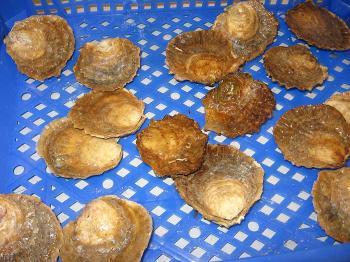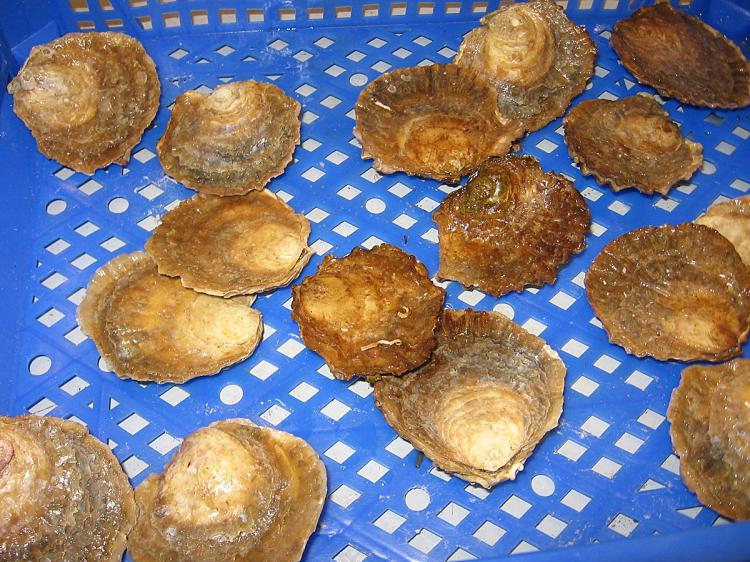The project, called Nord-Ostron, seeks to find new ways to develop the cultivation of oysters stretching from Denmark along the Swedish west coast up to Norway. Researchers will develop a technique for hatching oysters on land and systems for further cultivation in the sea.
The total budget for the project is about two million euros over three years.
“We have free stocks of oysters in the seas around Sweden, Denmark and Norway, but oysters are in short supply. We want, together with our neighbouring countries, to develop the Nordic oyster industry and conditions for commercialized oyster cultivation,” says Eva Marie Rödström, coordinator of Nord-Ostron and project manager for Mare Novum, a new Swedish centre for the development of marine innovations at Gothenburg University.
Rödström has a long-range vision of cooperation between Nordic researchers, authorities, and companies concerning the sustainable use of bio marine resources in the region.
The giant Japanese oyster, Crassostrea gigas, is cultivated in several countries in Europe, but the smaller European oyster, Ostrea edulis, is in short supply. The project is investing in the European oyster.
“Ostrea edulis has disappeared in many places because of parasite attacks. However the Nordic sea waters are free from the parasite and therefore we still have it in the seas around Denmark, Norway, and Sweden. It is a delicacy and today more expensive than the Japanese oyster,” Rödström says.
An oyster hatching company on the island of Koster on the west coast of Sweden as well as one in Denmark will participate in the project. The oysters, which are hatched on land, will be placed in the sea when grown to about one cm.
“We will try out different kinds of methods to see how we can in the best way get the oysters to grow. We have good conditions in the seas around Sweden, Denmark, and Norway to increase oyster cultivation,” Rödström says.
The research project is coordinated by Mare Novum. The lead researcher is Susanne Lindegarth at the Institute for Marine Ecology, University of Gothenbourg.



